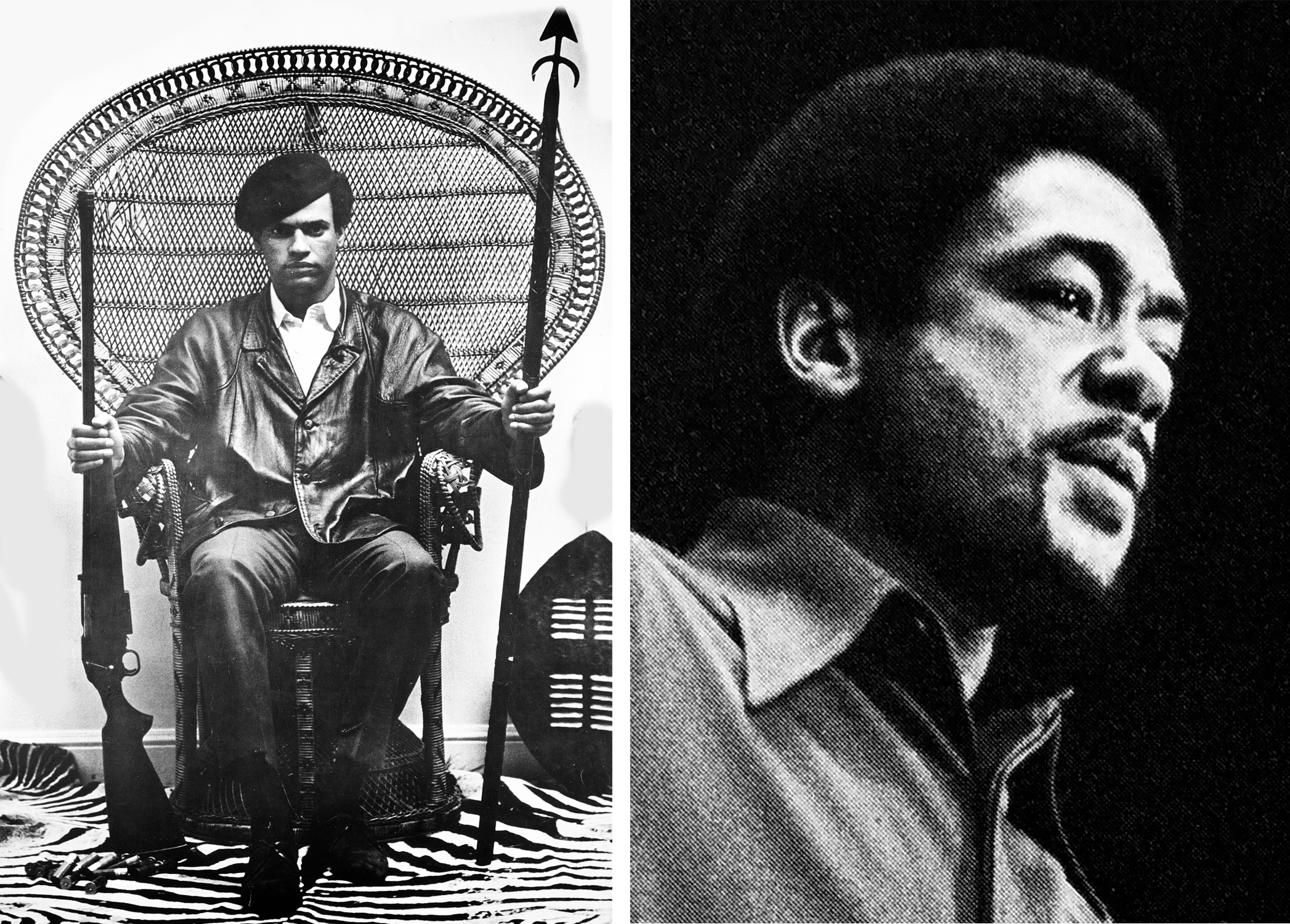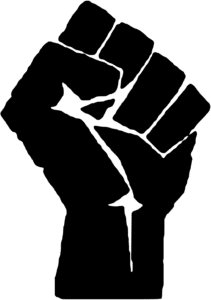
Black History | The Black Panther Party: Revolutionaries for Racial Justice
The Black Panther Party’s founding in 1966 was inspired by the prevalent issues of police brutality, poverty, and lack of access to healthcare faced by African Americans in Oakland, California. This challenging environment motivated Huey P. Newton and Bobby Seale to establish an organization that would actively address these injustices and empower their community. The party’s focus on self-defense and armed resistance against oppression stemmed from the necessity to protect Black communities from violence and discrimination, reflecting a commitment to defending the rights and safety of marginalized groups.
One key aspect of the Black Panther Party’s expansion was the development of their Ten-Point Program, which outlined their goals for achieving social, economic, and political equality. This program demanded full employment, decent housing, education, and an end to police brutality, encapsulating the party’s core principles and objectives. Additionally, the party’s growth from Oakland to various chapters across the United States highlighted its ability to mobilize support and engage in activism on a national scale, demonstrating a widespread resonance of their message and mission.

One significant example of the Black Panther Party’s ideological impact was their stance on armed self-defense as a means of safeguarding Black communities from violence and discrimination. This approach distinguished them from other civil rights organizations of the time and illustrated their belief in the necessity of protecting marginalized groups through proactive measures. By advocating for self-defense and resistance, the Black Panthers sought to empower individuals and communities to resist systemic injustices and assert their rights in the face of oppression, embodying a philosophy of proactive liberation and self-empowerment.
The Black Panther Party’s dedication to community service and activism was a core aspect of their mission to address systemic inequalities. In addition to providing crucial services like sickle cell anemia testing, the party also offered legal aid to individuals who faced legal challenges, ensuring access to justice for those who might otherwise be overlooked. For instance, their legal aid programs assisted community members in navigating the legal system, often plagued by discrimination and bias, thereby promoting a more equitable society.
Moreover, the Black Panthers’ collaboration with groups such as the Young Lords and the American Indian Movement exemplified their commitment to solidarity and intersectional activism. By working together with other marginalized communities, the Black Panther Party highlighted the interconnected nature of social injustices and the importance of unified resistance against oppression. This collaborative approach not only amplified their impact but also fostered a sense of collective empowerment among diverse groups fighting for social change. The party’s efforts to build alliances and create a network of support reflected their vision of a society where all people could thrive, free from discrimination and prejudice.
The Black Panther Party’s formation of its intelligence unit, known as the “Black Panther Party Security Patrol,” was a strategic response to counter the intense government surveillance and infiltration efforts they faced. This unit was essential for monitoring and protecting the party’s activities, members, and communities from external threats and potential sabotage. For instance, in response to the FBI’s COINTELPRO program, which aimed to discredit and dismantle the Black Panthers, the intelligence unit played a crucial role in identifying and neutralizing covert operations against the party.
The tragic instances of police violence and targeted assassinations within the Black Panther Party underscored the real dangers its members faced in their activism. One notable case was the killing of Fred Hampton and Mark Clark in a pre-dawn raid by the FBI and Chicago Police Department in 1969\. These brutal attacks highlighted the extreme measures taken by law enforcement to suppress the Black Panther Party’s efforts and ideologies. In the face of such violent tactics, the party had to adapt its strategies and implement stringent security measures to safeguard its members and continue its mission of advocating for social justice and equality.
The legacy of the Black Panther Party continues to resonate in modern social justice movements through various mediums such as art, music, and fashion. The iconic black berets and leather jackets worn by party members have become symbols of resistance and solidarity, inspiring artists and designers to incorporate these elements into their work. For instance, contemporary artists often reference the Black Panthers’ aesthetics and messages in their creations to pay homage to the movement’s fight against systemic oppression. Moreover, musicians frequently draw inspiration from the party’s emphasis on self-determination and empowerment, infusing their lyrics with themes of resistance and activism that echo the spirit of the Black Panther Party.
In addition to artistic influences, ongoing discussions persist regarding the efficacy of the Black Panther Party’s strategies and tactics in bringing about lasting social change. Scholars, activists, and historians debate the impact of the party’s revolutionary approach, particularly its advocacy for armed self-defense and community-based services. By critically examining the successes and challenges faced by the Black Panthers, contemporary movements can learn valuable lessons about the complexities of effecting meaningful societal transformation. The party’s Ten-Point Program, which outlined demands for social, economic, and political equality, serves as a blueprint for current activists striving to address issues of racial injustice and inequality in innovative ways.
The Black Panther Party’s legacy has sparked important conversations about gender dynamics and the treatment of women within activist organizations. Critiques of the party’s historical approach to gender roles have initiated discussions on intersectionality and feminism within the realm of social justice movements. By acknowledging and learning from past shortcomings, contemporary activists can work towards creating more inclusive and equitable spaces for individuals of all genders, ensuring that the fight for justice is intersectional and empowering for all.
The Black Panther Party’s legacy continues to resonate in modern social justice movements, inspiring grassroots organizing and shaping political consciousness. By challenging systemic oppression and advocating for equality and justice, the party laid a foundation for ongoing activism. One key aspect of the Black Panther Party’s impact is its emphasis on community empowerment through programs like free breakfasts for children and healthcare initiatives, highlighting the importance of addressing social needs alongside political demands.
The complexities of the Black Panther Party’s history offer valuable lessons for contemporary movements. While the party faced government suppression and internal challenges, its commitment to self-defense, community service, and political advocacy remains a source of inspiration for those fighting against injustice today. Understanding the nuances of the BPP’s ideology and strategies provides a deeper insight into the evolution of social justice movements and the ongoing struggle for civil rights and equality in the United States. Reflecting on the Black Panther Party’s contributions underscores the need for continued research and education to honor their legacy and learn from both their successes and shortcomings in the pursuit of a more just society.
